Blog 
Transform Your Gardening Experience: The Ultimate Guide to Choosing a Quality Garden Hose
In today's gardening landscape, the importance of a quality garden hose cannot be overstated. According to the American Society of Landscape Architects, approximately 70% of homeowners invest in gardening tools, with hoses being a pivotal component of effective garden maintenance. A study by the National Gardening Association revealed that 35% of gardeners consider a high-quality hose essential for achieving optimal plant health and water efficiency. Furthermore, the right garden hose not only enhances your watering experience but also contributes to sustainability by reducing water waste. This guide aims to transform your gardening experience by providing practical tips and insights into selecting a quality garden hose, ensuring that your gardening efforts yield the best possible results. Whether you're a seasoned horticulturist or a budding enthusiast, making an informed choice in garden hoses can elevate your gardening journey.
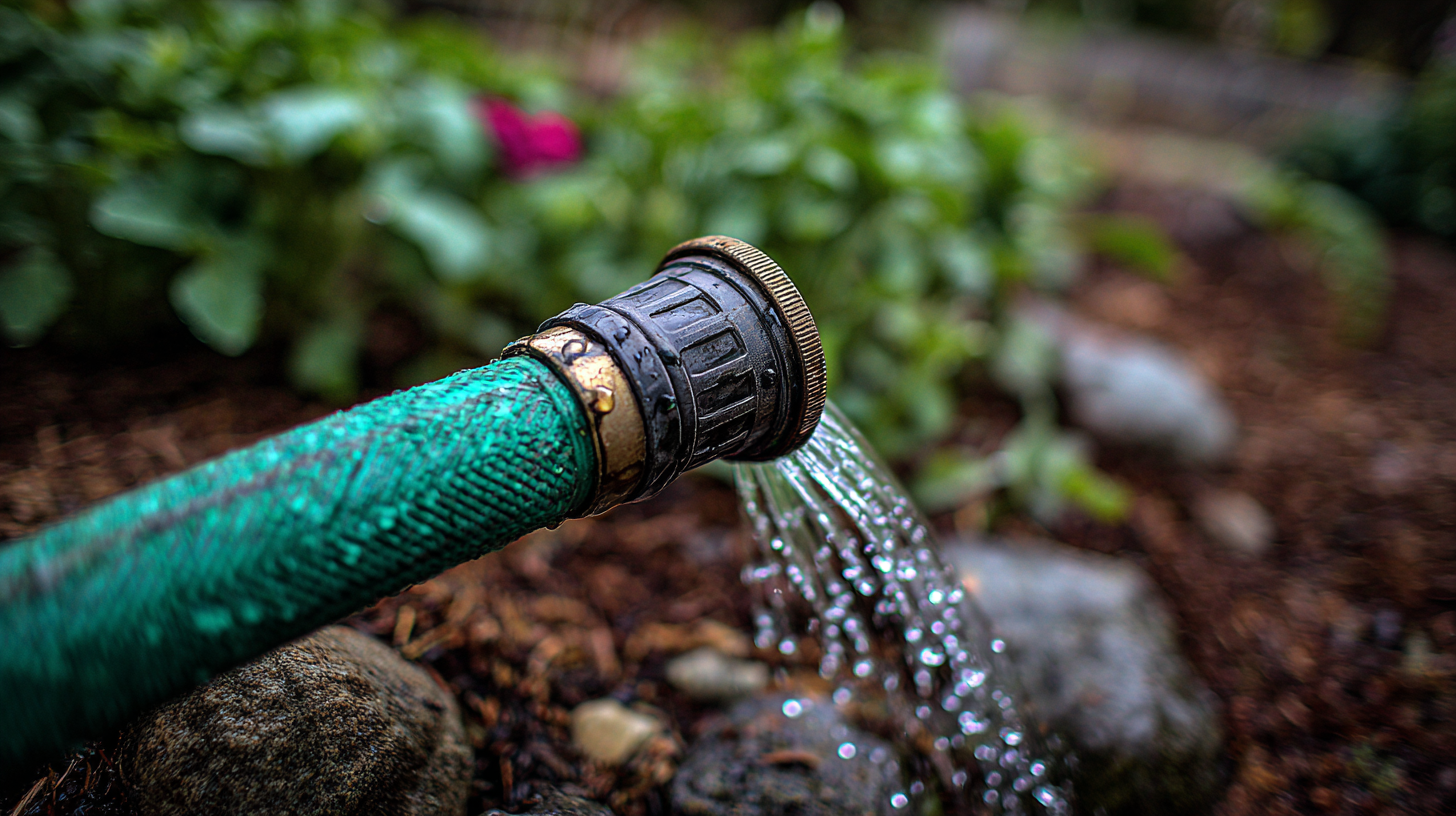
Understanding Different Types of Garden Hoses for Your Needs
When selecting a garden hose, understanding the different types available is crucial for optimizing your gardening experience. Garden hoses come in various materials, including vinyl, rubber, and hypertufa, each offering distinct advantages.
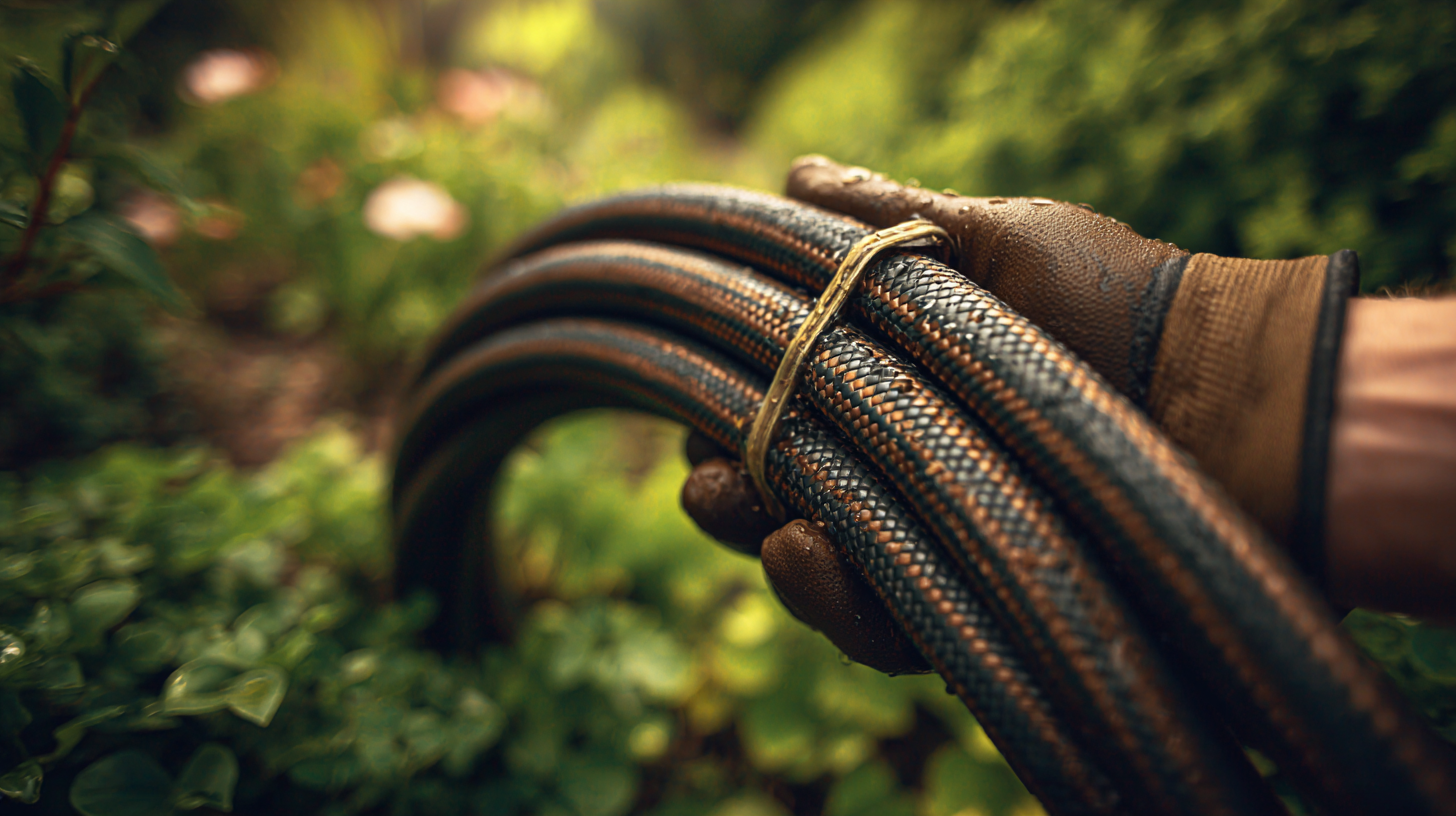
Additionally, consider the hose's diameter and length based on your specific needs. A wider diameter hose allows for higher water flow, which is beneficial for larger gardens or those with significant watering demands. The length is equally important; a hose that’s too short might limit your reach, while an excessively long hose can result in decreased water pressure. Finally, pay attention to specialized hoses like soaker or expandable hoses, which cater to specific gardening tasks and can make watering more efficient. By choosing the right type of garden hose, you can tailor your gardening efforts to better suit your landscape.
Evaluating Hose Materials: Which Is Best for Durability and Flexibility?
When choosing a garden hose, evaluating the materials used in its construction is key to ensuring both durability and flexibility. Common materials include rubber, vinyl, and reinforced types, each with its own pros and cons. Rubber hoses are widely regarded as the most durable option; they can withstand extreme temperatures and UV rays, making them ideal for outdoor use. Their flexibility allows for easy maneuvering around garden beds and obstacles, reducing the chances of kinking.
On the other hand, vinyl hoses are typically lighter and more affordable, but they may not offer the same level of durability as rubber. While they are sufficient for light watering tasks, prolonged exposure to sunlight can lead to wear and tear. For those seeking a balance, reinforced hoses provide a combination of flexibility and strength, often featuring an inner layer of vinyl with a mesh lining for added durability. Understanding these material differences will help you select a garden hose that meets your specific gardening needs while ensuring a pleasant watering experience.
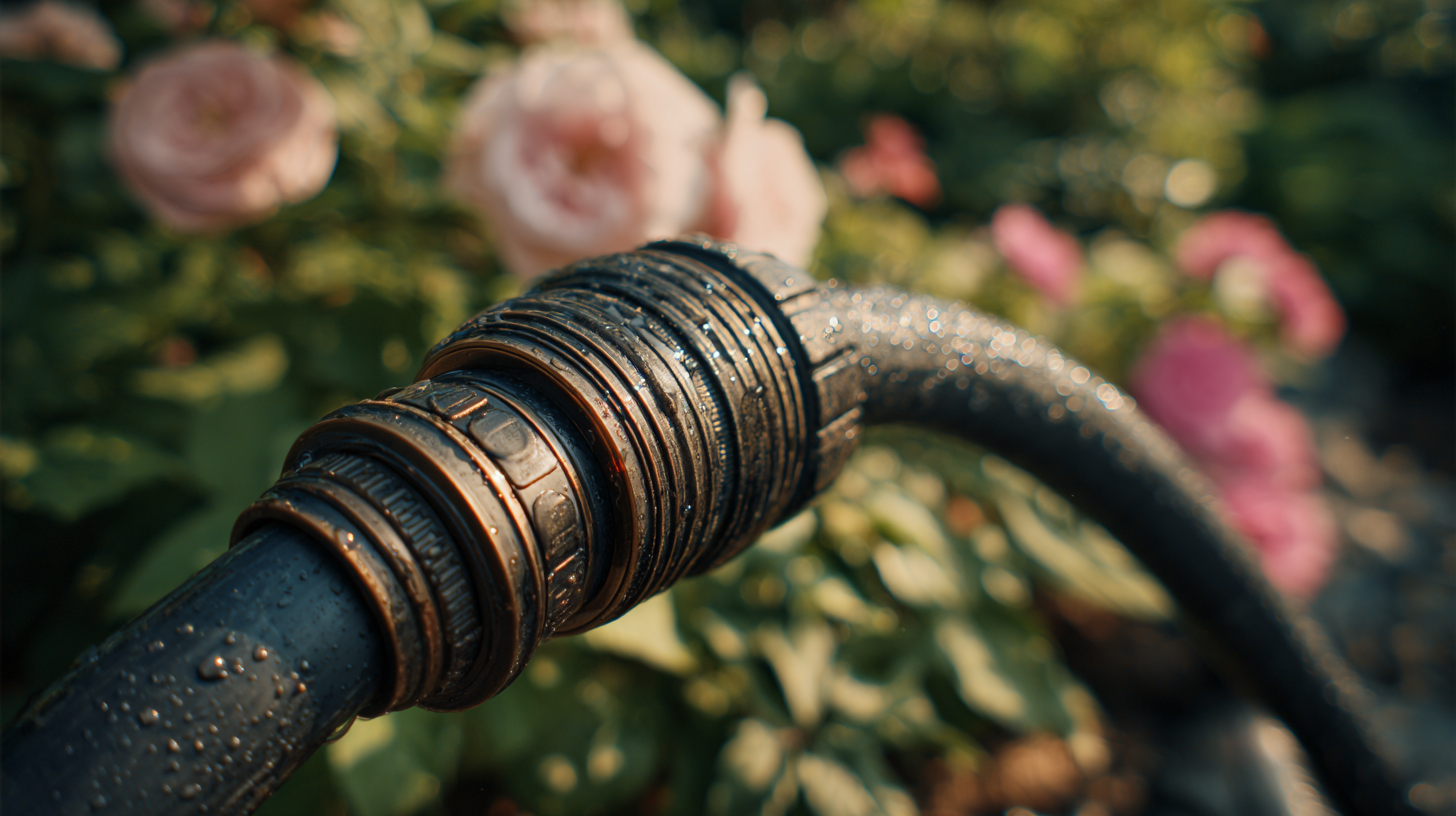
Choosing the Right Length and Diameter for Your Gardening Tasks
When selecting a garden hose, one of the crucial aspects to consider is the right length and diameter tailored to your specific gardening tasks. The length of the hose should match the size of your garden while providing enough reach to handle all areas comfortably. A hose that is too short can limit your ability to water plants effectively, while an excessively long hose may be cumbersome and can lead to unnecessary tangles and kinks. Typically, hoses range from 25 to 100 feet; for smaller gardens, lengths between 25 to 50 feet are usually sufficient, while larger properties may require longer hoses.
The diameter of the hose also plays a vital role in water flow and pressure. Most garden hoses come in three common diameters: 1/2 inch, 5/8 inch, and 3/4 inch. A 5/8-inch diameter hose is generally the most versatile, providing a good balance of water flow and ease of handling. If you have high-water-demand tasks, such as filling a large water feature or watering extensive flowerbeds, consider using a 3/4-inch hose for improved water delivery. Choosing the appropriate length and diameter not only enhances your watering efficiency but also makes your gardening experience more enjoyable.
Essential Features to Look for in a Quality Garden Hose
When selecting a quality garden hose, there are several essential features to consider that can significantly enhance your gardening experience. First and foremost, material plays a critical role in the durability and flexibility of the hose. Hoses made from reinforced vinyl or rubber tend to be more resistant to punctures and abrasions, ensuring longevity even in harsh weather conditions. Additionally, opting for a hose with UV protection can prevent damage from the sun, extending its lifespan and performance.
Another important feature is the hose's diameter and length. A wider diameter allows for a greater flow of water, which is essential for watering larger gardens or flowerbeds efficiently. Meanwhile, choosing the appropriate length will help eliminate the frustration of running out of hose while working on your garden. Lastly, consider the type of fittings and connectors; brass fittings are generally more robust than plastic ones and ensure a leak-free experience. By focusing on these key features, you can choose a hose that meets your gardening needs and delivers exceptional performance.
Comparison of Essential Features in Garden Hoses
Maintenance Tips to Extend the Life of Your Garden Hose
Maintaining your garden hose is crucial for both longevity and efficiency. According to a report by the American Society of Landscape Architects, properly cared-for hoses can last up to three times longer than those that are neglected. To extend the life of your hose, start by storing it correctly. Avoid leaving it out in direct sunlight, as prolonged exposure can lead to cracks and deterioration. Instead, use a hose reel or a designated storage area that protects it from UV rays.
Tip: Always drain your garden hose after use to prevent water from freezing inside during colder months. This simple action can prevent potential damage, particularly in climates that experience harsh winters. Additionally, inspect your hose regularly for leaks or wear; a small pinhole can significantly reduce water pressure and efficiency.
To keep your garden hose in optimal condition, consider using a hose protector or spray nozzle. These tools help mitigate kinking and wear, ensuring a smooth flow of water. The National Gardening Association reports that proper maintenance not only maximizes usage but also enhances performance, making your gardening experience more enjoyable and productive.
Transform Your Gardening Experience: The Ultimate Guide to Choosing a Quality Garden Hose - Maintenance Tips to Extend the Life of Your Garden Hose
| Feature | Description | Maintenance Tips | Average Lifespan |
|---|---|---|---|
| Material | Choose materials like rubber or reinforced vinyl for durability. | Store in a cool, dry place when not in use. | 5-15 years |
| Length | Select a length that suits your garden layout without excess. | Avoid kinks by coiling the hose neatly. | Varies with usage |
| Diameter | Choose a diameter based on water flow needs (e.g., 1/2 inch or 5/8 inch). | Check for leaks regularly and ensure connections are tight. | 8-12 years |
| Flexibility | A flexible hose is easier to maneuver around the garden. | Avoid dragging over rough surfaces to prevent abrasions. | 5-10 years |
| Fittings | Look for brass or stainless steel fittings for longevity. | Inspect and clean fittings regularly to prevent corrosion. | Long-lasting with proper care |
Related Posts
-
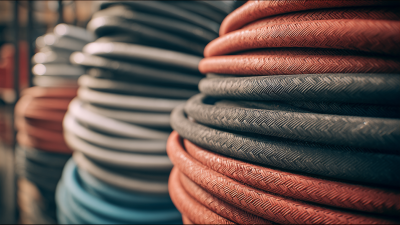
The Ultimate Guide to Choosing the Right Flexible Gas Hose for Your Needs
-
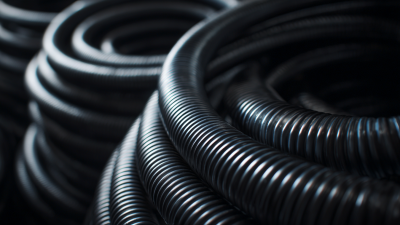
Understanding the Essential Role of Industrial Hose Manufacturers in Modern Industries
-

Understanding the Essential Role of Gas Tubing in Modern Energy Solutions
-

Understanding the Latest Innovations in Marine Hose Technology: Boosting Efficiency and Safety in Marine Operations
-

Understanding the Benefits of 4 Flexible Hose for Home and Industrial Applications
-
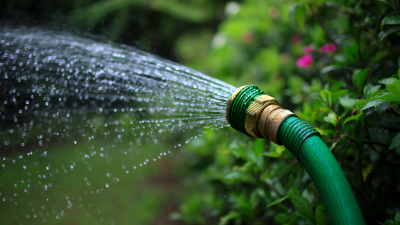
Understanding the Advantages of Fire Hose Garden Hose Combinations for Efficient Watering Techniques
